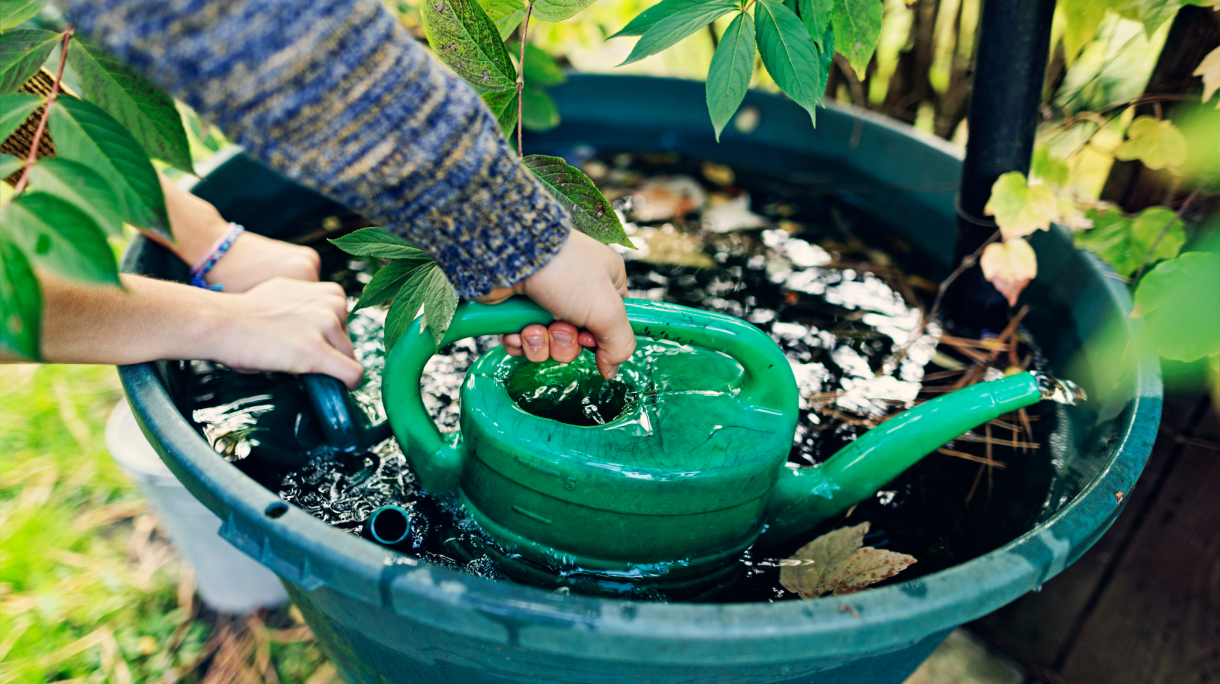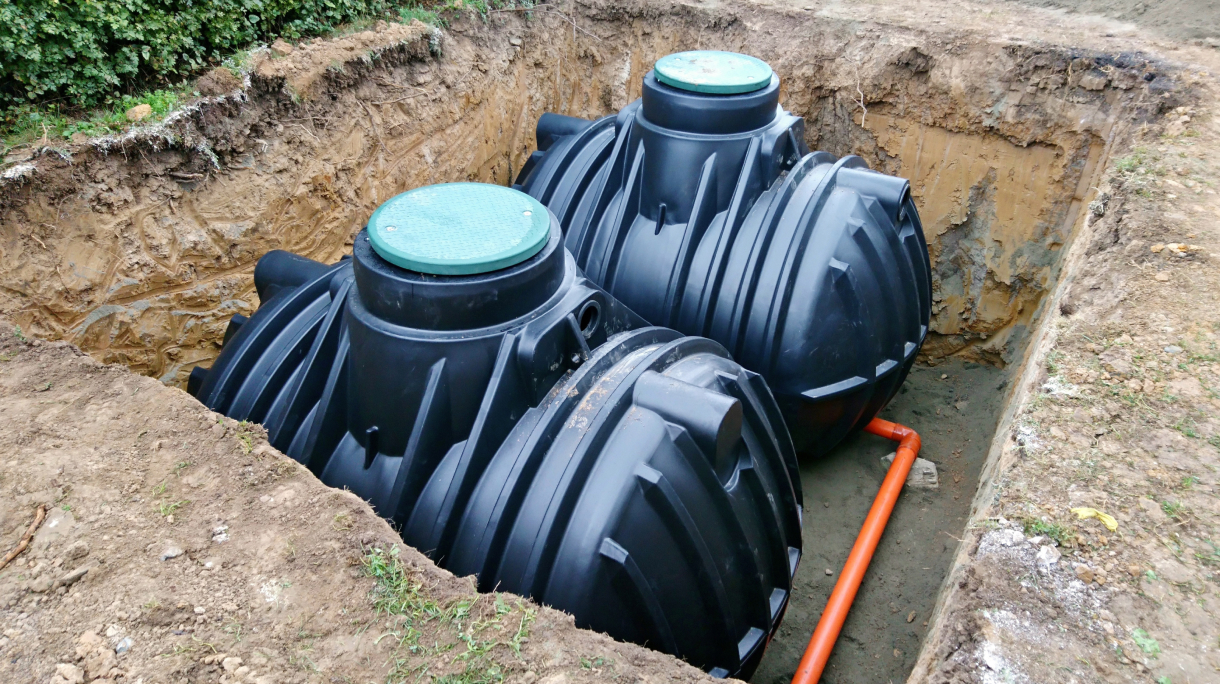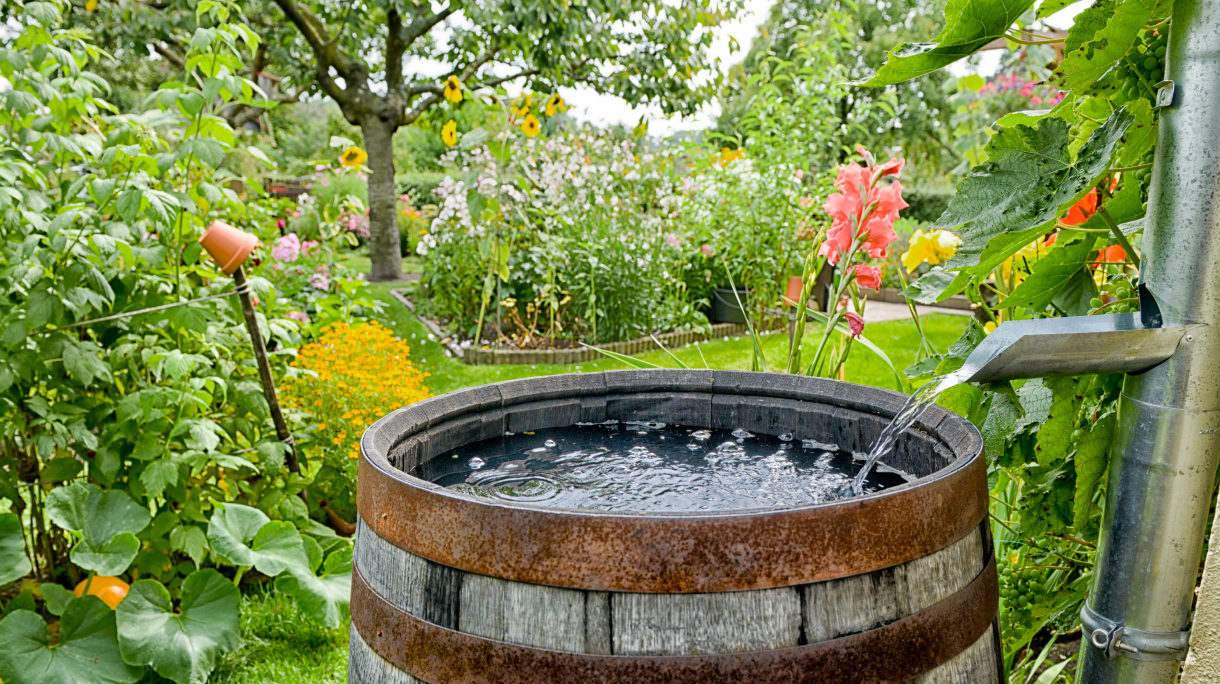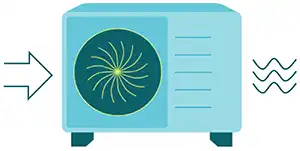Beat Hot Weather Hosepipe Bans: Harvest Rainwater
Ah, the British weather – one minute it’s all sunshine and showers, and the next it feels like rain could be a permanent fixture! Whilst we do have our fair share of drizzle, homeowners and gardeners know that a proper summer drought can be a pain. Plants and gardens are left gasping for a drink, and just when you think a bit of sun is a blessing, we’re hit with hosepipe bans.
Thankfully, there are ways to make sure your garden remains lush even on the driest days, such as by harvesting rainwater. In this blog we’ll explore the ways you can collect and store rainwater and also whether there are any legal issues you need to be aware of.
What is a hosepipe ban?
A hosepipe ban is a ban on using excessive water as the result of a water shortage. During times of drought or a water shortage, water authorities may ban using water in the following ways:
- watering your garden using a hosepipe
- cleaning a vehicle using a hosepipe
- filling a swimming or paddling pool
- filling or maintaining a pond using a hosepipe
- cleaning the windows or walls of your home using a hosepipe
- cleaning paths or patios using a hosepipe
If you are found breaking the rules of a hosepipe ban, you could face a fine of up to £1000, so it pays to find an alternative water source during drier months.
How can harvesting and storing water help?
Your garden craves water the most during hot, dry and windy spells – which, of course, is when the UK-wide demand for water tends to hit its peak. So, it only makes sense for gardeners to find alternative ways to keep plants hydrated. One great solution is to harvest and store rainwater during the wetter spells, ensuring your garden gets the moisture it needs when the sun decides to shine.
For example in 2024, the UK experienced one of the wettest Springs in recent years. April was the sixth wettest April of the last 189 years. So by installing the right storage system for your space, you’ll be able to take advantage of April showers.
Do plants need clean water?
Plants don’t need perfectly clean tap water. In fact, rainwater is generally considered better for watering plants because it:
- Has a near-ideal pH level for most plants.
- Contains small amounts of dissolved nitrogen which plants can easily absorb.
- Lacks the minerals and chemicals found in tap water that can build up in soil and impact the uptake of nutrients.
Any ericaceous plants in your garden such as Rhododendrons, Azaleas and Camellias will respond especially well to rainwater as they thrive in acidic to neutral soils.

How can you harvest and store rainwater?
You can easily harvest rainwater by collecting it from the roofs of your home, garage, greenhouse, or pretty much any other garden structure. As long as there’s a gutter and a downpipe that leads to a drain at ground level, you’re good to go – it’s as simple as that!
What are the different types of rainwater collection systems available?
The most basic rainwater collection system involves purchasing a water butt and placing it below a gutter and downpipe. It’s an inexpensive approach and quick to assemble, but you may not collect a huge amount of water. However, if you wish to simply water your garden this may be ideal.
If you need something more substantial or want to use gathered water in your home too, you do have a few other options available depending on your needs and water usage:
- Direct pumped: A direct pumped system is usually buried underground. Any collected water from these systems will be pumped into your home.
- Indirect pumped: You can fit indirect pumped harvesting tanks at any height in your home. They don’t necessarily rely on gravity to work though, as they use a pump to move the water where it needs to go.
- Indirect gravity: Harvested rainwater will usually be pumped into a raised storage tank, before gravity sends the water into your home.
Make the switch from ‘mains to rains’
The Royal Horticultural Society also offers a pledge for gardeners and homeowners to make the switch from ‘mains to rains’. They offer plenty of inspiration for simple, low-cost ways to help your gardens and outdoor spaces thrive on an ample supply of rainwater. Some quick and easy ideas include:
- Using self-watering pots for plants.
- Adding mulch around new plants.
- Swapping paving for plants.

Are there any regulations surrounding rainwater harvesting?
According to guidance on Gov.uk, the Environment Agency will not regulate harvested rainwater on the condition that its use doesn’t harm the environment.
In certain circumstances, you may need to apply for a water abstraction licence, but only if you plan on using your collected rainwater along with water you’ve taken from a river, stream, reservoir, or other surface or underground source.

How can you minimise health risks from storing rainwater?
The rainwater you collect in water butts might not always be the cleanest, but you can take steps to make sure you minimise any risk to your health or that of your plants:
- Clean water butts annually to avoid water becoming smelly or carrying disease.
- Place your water butt in the shade if possible, as cooler water will help to reduce bacteria growth.
- Use your collected water regularly, by replenishing your water supply with freshly collected water will help dilute your stored water and keep it clean.
- You can still use smelly water in a watering can, but it’s worth checking for a build-up in debris in the bottom of your water butt.
Help your garden to flourish with inspiration from Beyond the Grid
Looking after your garden or outdoor space throughout the year doesn’t have to be a hassle. With a few simple steps, you can keep things thriving in every season. For more tips on how to stay on top of your garden’s needs, check out our Beyond the Grid hub.




